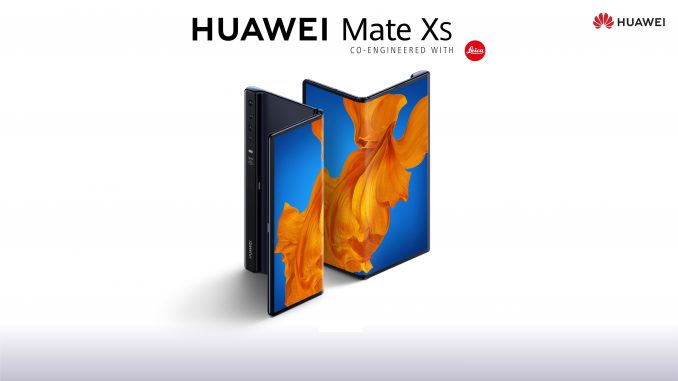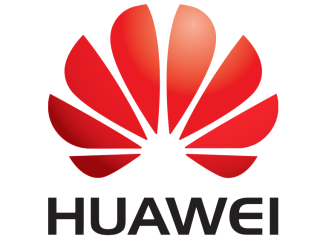
Huawei’s Mate Xs already has a launch date in China, coming out on March 5th.
Artículo disponible en Español | Article disponible en Français
Two days ago, Huawei revealed their new foldable phone, the Mate Xs. This device is essentially an upgrade of the original Mate X, coming with an improved display, stronger hinge and a new SoC. While in Europe the company only mentioned general availability starting next month, without providing a specific date, in China, those interested in getting their hands on one can already register through Vmall, Huawei’s online store. The device will be going on sale as soon as next week, starting on Thursday 5th of March.

Pricing-wise, China appears to be getting a better treatment than the rest of the markets, as the Mate Xs will “only” cost 16 999 yuan, the same as the Mate X. While the Mate X never launched outside of China, the company had initially priced this one at 2 299€, with the Mate Xs costing 2 499€, 200€ more than its predecessor.
While some claim this higher price tag in Europe is to deter potential buyers that might not be invested enough in this new technology, and that Huawei’s aim is to only keep customers that understand and will properly treat their foldable phone, it remains difficult to justify this move, especially seeing this is not the first time the brand punishes European fans with higher prices compared with the rest of the world.
It is also unclear whether Huawei will be able to properly estimate the demand outside of their home market, as this is the first time they offer this kind of product in Europe, on top of not having access to Google’s mobile services, which might end up reducing severely any interest in this phone. For instance, while the Mate 30 Pro sold “quite well” in Europe, at least taking in account quantities were very limited, it would be a stretch calling it “successful”, with, at most, a few thousand units sold. In China, there’s no doubt the Mate Xs will end up sold out, just as its predecessor.
More on this subject:


